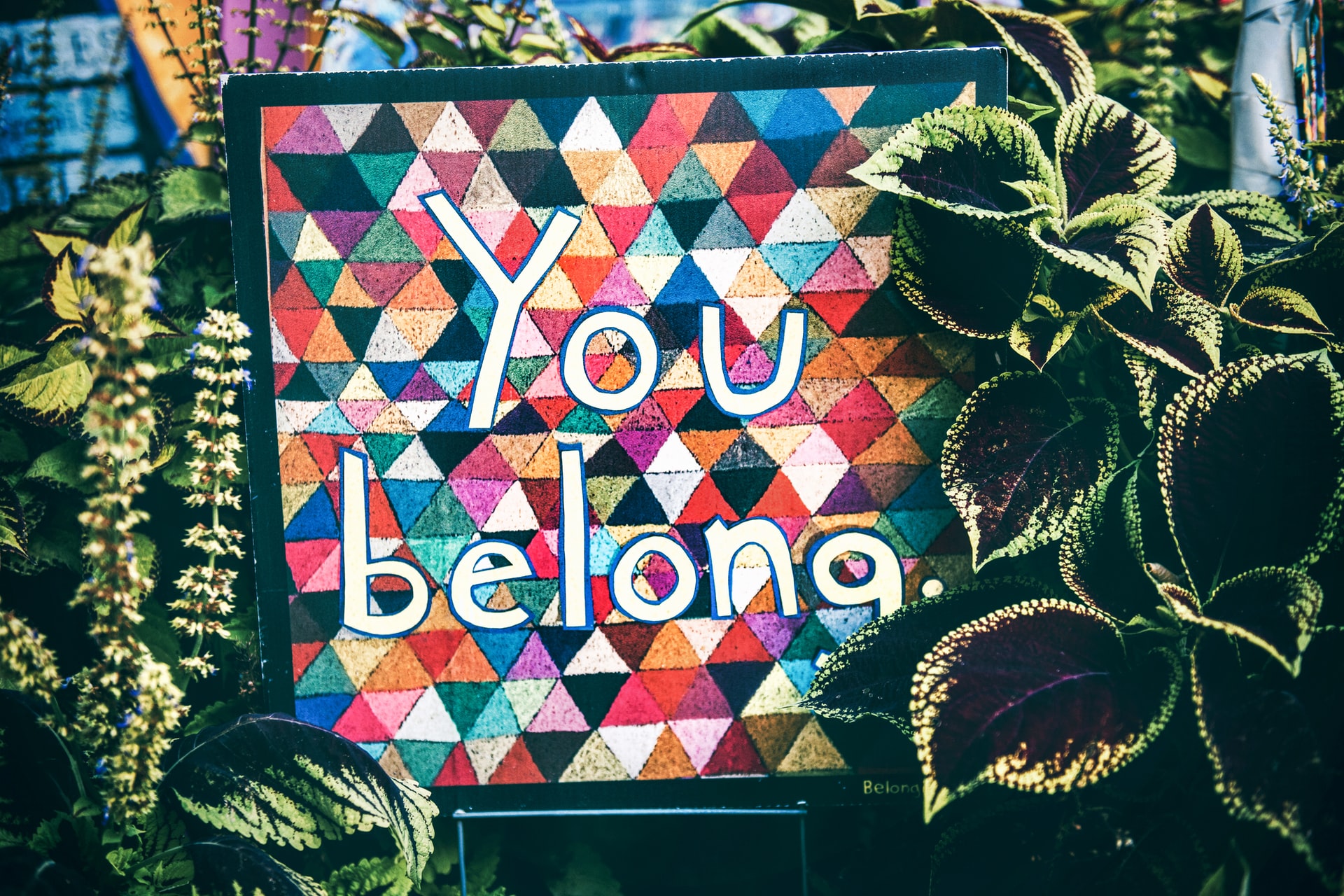Building Team Resilience w/ Kathryn McEwen
Join me Thursday, June 22/23 at 1pm EST! I’m joined by globally renown resilience team building...
Read Moreby Alex Fullick | Apr 7, 2023 | Business | 0 |
Join me Thursday, June 22/23 at 1pm EST! I’m joined by globally renown resilience team building...
Read Moreby VoiceAmerica | Apr 26, 2022 | Business | 0 |
This week we continue the Connex Executive Insights Series, produced in collaboration with Connex...
Read Moreby VoiceAmerica | Mar 14, 2022 | Business | 0 |
This week’s articles are provided by two authors who came together in Geneva, Switzerland during...
Read Moreby VoiceAmerica | May 3, 2021 | Business | 0 |
This week’s article is provided by Dr. Christopher Washington as part of the International...
Read More




